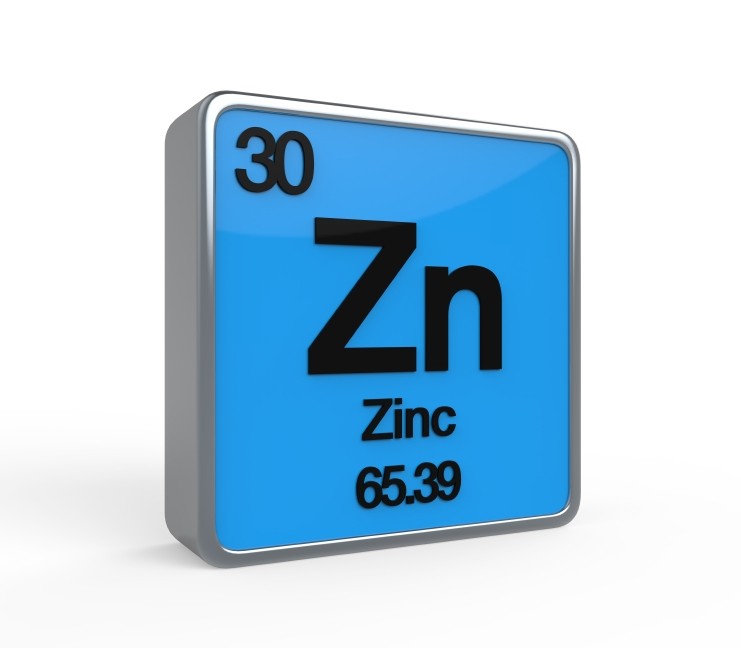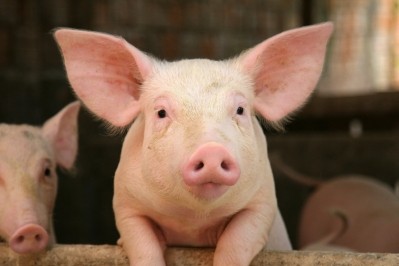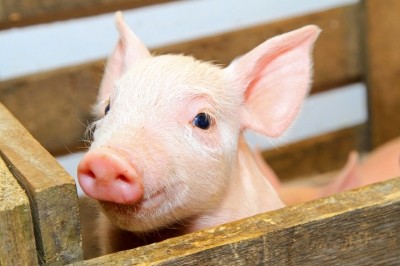Support for EFSA findings on zinc MPLs in feed

The EU Commission’s standing committee on plants, animals, food and feed (SCoPAFF) discussed the full set of EFSA opinions concerning re-authorization applications for zinc compounds - zinc acetate, dihydrate; zinc chloride, anhydrous; zinc oxide; zinc sulphate, heptahydrate; zinc sulphate, monohydrate; zinc chelate of amino acids, hydrate; zinc chelate of glycine, hydrate - at its meeting earlier this month.
The MEPs were told the Commission is actively weighing up EFSA’s conclusion that the maximum permitted levels (MPLs) for zinc in compound feed should be lowered.
“Several member states supported this approach mentioning the risk for development of antimicrobial resistance in case of high zinc supplementation and the negative impact of surplus zinc for agricultural soils,” a spokesperson for the Commission’s Health and Food Safety, Directorate, DG Sante told FeedNavigator.
She said the SCoPAFF will revisit the issue at its next meeting, which is scheduled for 7-8 September 2015.
Copper levels
The delegates also deliberated on the need for a potential reduction in the maximum contents of copper in compound feed but the debate was less conclusive in relation to that trace element, said the spokesperson.
EFSA, in an April 2015 opinion, found the use of copper up to the present MPLs is safe for animals. The Authority, though, considered simultaneous use of that trace element in water should be avoided and it expressed reservations as to the safety of copper at present maximums doses for the environment.
However, the European feed manufactures’ federation is worried about the potential impact the lowering of MPLs for trace elements could have on animal productivity.
“While we acknowledge the environmental impact is an element to take into account when setting MPLs, we are concerned the margin for maneuver left by the lower MPLs recommended by EFSA is too limited to fully secure trace element requirements for farmed animals in all circumstances. The EFSA proposed MPLs for zinc in feeds have been lowered quite dramatically,” Arnaud Bouxin, deputy secretary general of FEFAC, told us last week.
He said FEFAC is calling for MPLs to be kept high enough to allow a sufficient margin of security to ensure all animals, whatever their physiological stage, sex and other parameters, get what they need for optimized production from a standard compound feed.
“Likewise, consumers should be able to find the source of essential trace elements they require in animal products,” he said.













